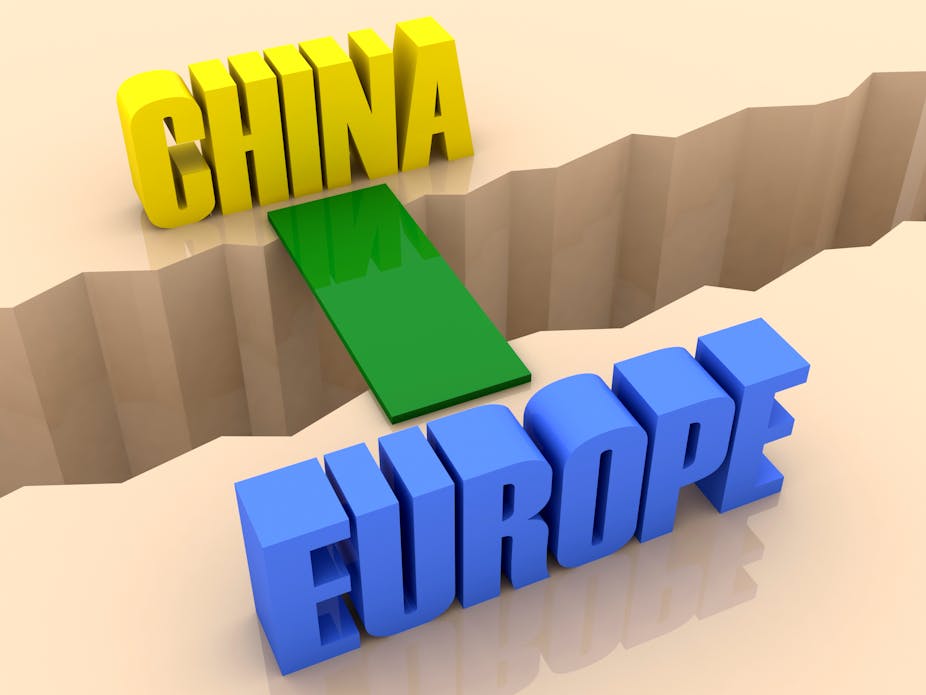Beijing is gearing up for a major diplomatic offensive in May as it welcomes Vladimir Putin among 20 international leaders for a summit on building a “new Silk Road” to bring China closer to the world. This is the One Belt, One Road project – the centrepiece of Chinese international engagement.
It involves a US$1 trillion (£804 billion) mega-investment to transform China’s transport and trade links through Eurasia and South-East Asia. The aim is for China to become a global pillar of trade and free markets and secure its place as a 21st-century superpower.
So far, however, no Western leaders have confirmed their attendance at the summit. What should we read into this, and what does it mean for the success of the project?
One Belt, One Road was unveiled by Chinese president Xi Jinping four years ago. It aims to increase the country’s influence at a time when Europe is still struggling with the consequences of the financial crisis and the US is revising its role as promoter of economic liberalism under the Trump administration.
The project has two strands – “one road”, which is road and rail connections, and “one belt”, which is about the sea. The sea element is focused on everything from a harbour development in Malaysia to a new free trade agreement with New Zealand, while the land part has primarily focused on Central Asia as the most realistic route to Europe.
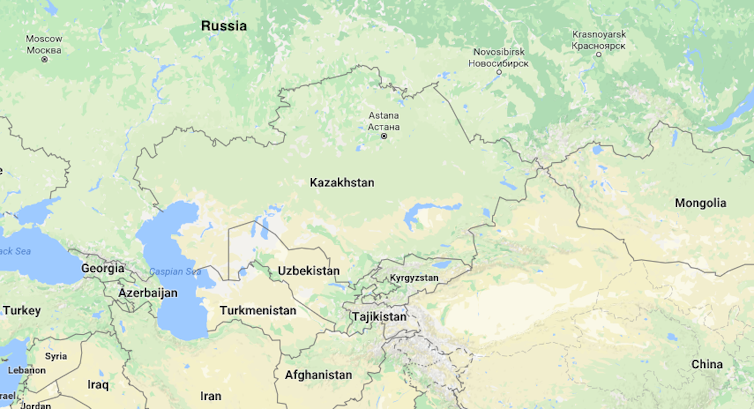
Unlocking Central Asia
China’s routes through five former Soviet states are currently beset with border delays, hefty customs fees, poor roads and railways, and formidable geographic hurdles – notably mountain ranges in Kyrgyzstan and Tajikistan.
There should also be benefits to these landlocked republics from tackling these difficulties. Better links to Europe and the Middle East and potential access to seaports point to greater trading opportunities and extra revenues from transit fees to and from China. Each republic has been enthusiastic about participating, and there have so far been railway lines completed from China to Iran and Afghanistan via the region.
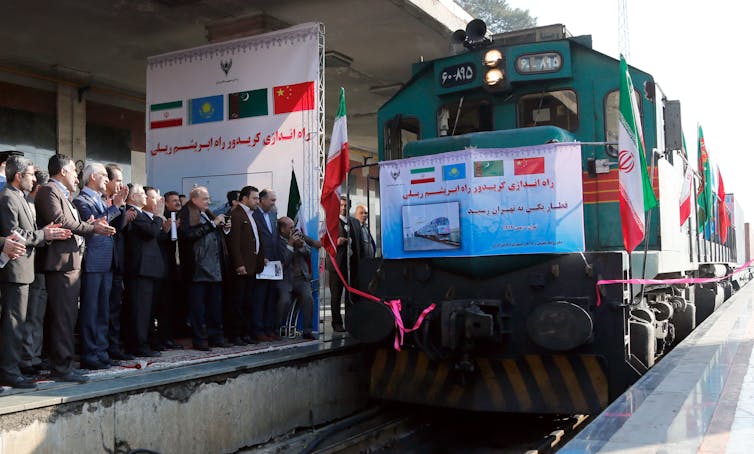
Other planned investments include a new highway connecting the north and south of Kyrgyzstan and a highway between it and Uzbekistan. There is also the “Angren-Pap” railway tunnel in Uzbekistan, the Turkmenistan-Uzbekistan-Kyrgyzstan gas pipeline and the “Dushanbe-Kulyab-Khorog-Kulma-Karokurum” highway in Tajikistan.
China’s diplomatic relations with the republics are very warm – in some cases more so than those of Russia, which can sometimes behave like the overlord it once was. Yet problems may loom for One Belt, One Road all the same.
Investments may be slowed down by unfinished border demarcation and disputes in several unsettled areas, especially between Kyrgyzstan, Tajikistan and Uzbekistan. There is also a cautious and sometimes hostile attitude towards Chinese migrants and workers from local people, especially in Kazakhstan. This is a potential problem given that the price of investment from Beijing is often Chinese companies winning contracts and supplying labour and equipment.
The Chinese may therefore have to extend their diplomatic efforts to Central Asian people more generally. The leaders of the five republics may also need to be more transparent with their citizens about how they plan to carry One Belt, One Road forward, contrary to the frequently opaque business operations in the region.
Russia is closely interested despite hosting no initiatives to date. Relations between China and Russia tend to be “coldly cordial”, turning on mutual support on some international issues such as Syria, and peaceful coexistence in Eurasia.
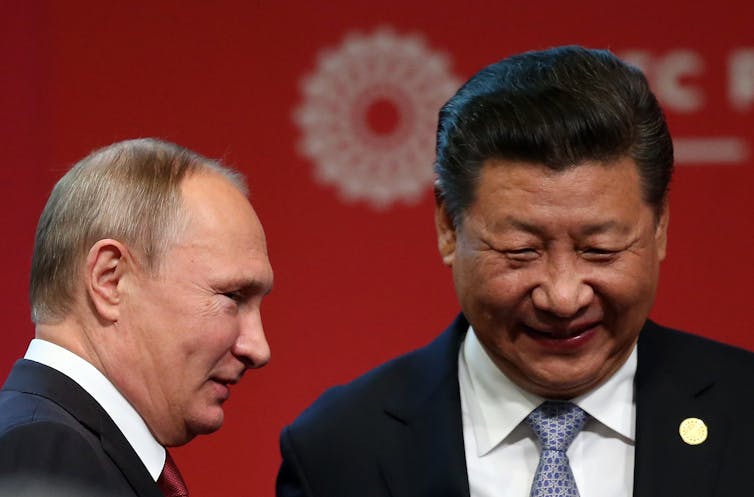
Chinese investments in Central Asia are a potential flashpoint, since Russia keeps Kazakhstan, Kyrgyzstan and possibly soon Tajikistan in its orbit through the Eurasian Economic Union (EEU). Russia can benefit from improved connectivity and therefore stability in the region, but it wants guarantees that One Belt, One Road won’t undermine the economic relevance of the EEU.
Russia and China adopted a joint statement on EEU and Silk Road projects in 2015, but it was vague and cautious. The Chinese will be pleased that Putin is attending next month’s summit, but his enthusiastic backing would be better.
The Western dimension
The EU has been remarkably silent on One Belt, One Road. This is despite the project’s obvious geopolitical and economic importance – trade with China was US$593 billion in 2015 – and the existence of a EU-China Connectivity Platform. Europe’s attitude can partly be explained by Brexit; rising nationalism in several European states; compatibility with European labour norms and standards; the still unclear degree of Chinese companies’ involvement; and the general distraction of the eurozone crisis.
The EU also seems unable to speak with a single voice to China, with member states usually preferring bilateralism or sub-regional frameworks of cooperation. And from an economic point of view, One Belt, One Road is potentially a double-edged sword. Connectivity should benefit everyone, but more competitive Chinese goods flooding Europe is a potential threat unless EU members can coordinate their response. Increased connectivity may also encourage illegal traffickers, organised crime and counterfeiters.
Other Western nations have been lukewarm, too. When New Zealand announced its involvement with One Belt, One Road last month, it was one of few Western states to have done so (Hungary and the Czech Republic are on board). Australia declined to follow suit, despite a visit from the Chinese premier on the same trip.
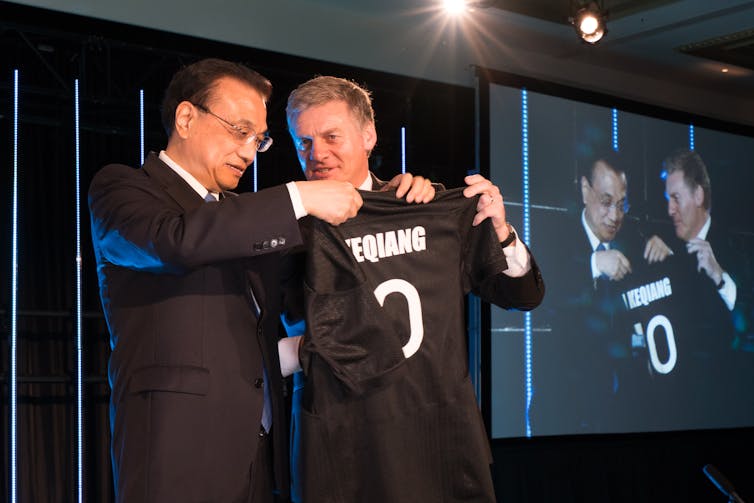
Evidently China still has much work to do to persuade the world of the merits of its big initiative. Political and security issues could yet prove insurmountable unless Beijing can win round neighbours and major rivals alike.
This will need both political and diplomatic patience, and next month’s summit is more likely to be about bridge building than major new announcements. The irony is that while One Belt One Road is aimed at facilitating infrastructure and connectivity, its implementation looks like a long and very bumpy road.

